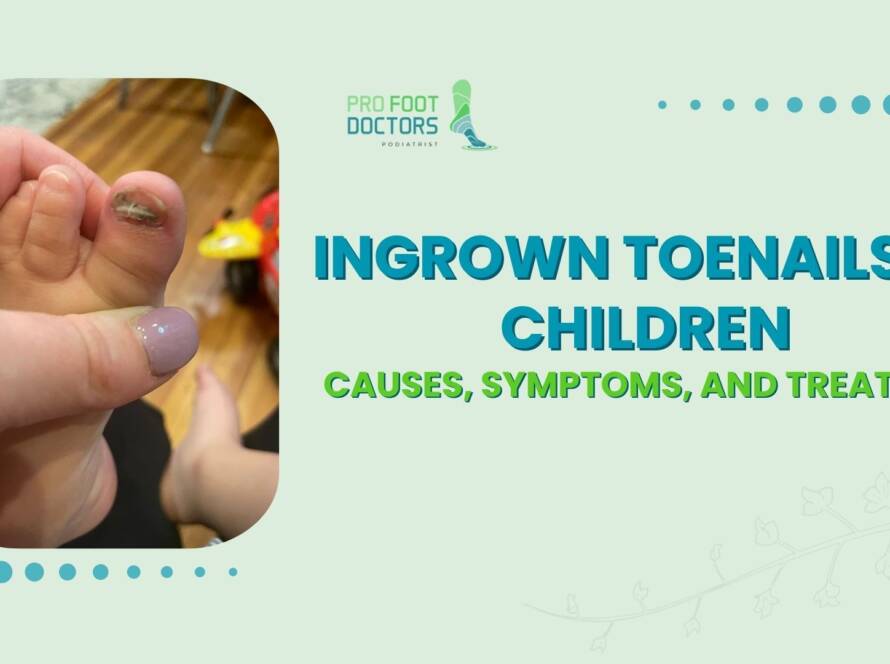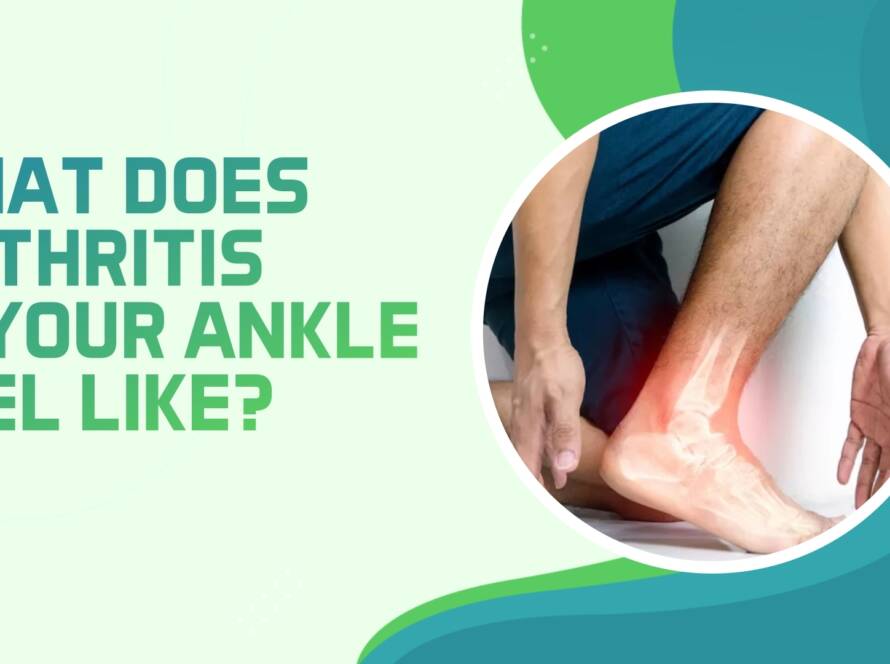Ingrown toenails are a relatively common issue, affecting thousands of people every year. However, not every time does one need to visit a doctor to get the issue resolved. This is because many people can have mild issues that can be taken care of at home through proper care.
Nevertheless, it does not mean that everyone should try fixing the issue at home. Knowing when you visit experts like Pro Foot Doctors is essential to ensure you do not worsen your condition and that proper attention is given to the toenail at the right time.
Time To Visit The Doctor
If you see any of the following signs with your ingrown nail, it is time to visit the doctor. Keep an eye on the following symptoms:
Increasing Pain
If you are suffering from extreme pain, which only seems to be getting worse with time, visit the doctor. Observe how much pain you are experiencing over a few days, and if it seems to be worsening, do not delay in consulting the Pro Foot Doctors. Continued and increasing pain could be a sign that the nail is very deeply embedded in your skin, which would need medical attention to be resolved.
Signs Of Infection
Keep a close eye on your toes if you have ingrown toenails. If there are signs of an infection, then it is time to visit the doctor. Look for the development of pus, foul smells, or a warm feeling on the affected toe, specifically around the area surrounding the nail. If these signs exist, or if there is redness and swelling in the area, consult with medical experts, as these are signs of a growing infection that can lead to significant challenges if left unchecked.
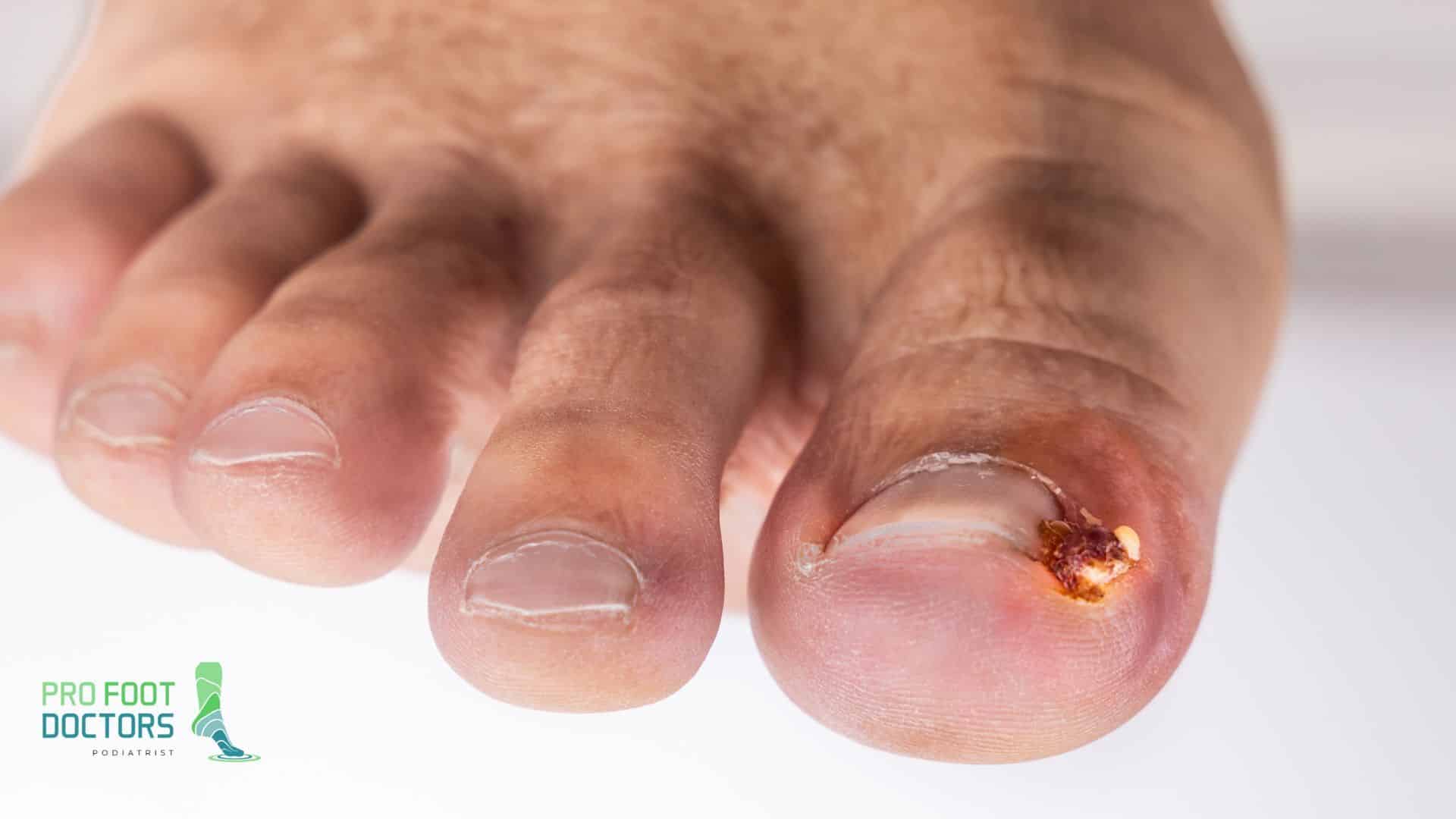
Bleeding
Ingrown toenails can seriously damage the skin, which leads to symptoms like fluid oozing and bleeding. If this happens, make sure you visit a doctor to prevent further damage to the skin.
Deformation Of The Nail or Toe
If you observe any kind of deformation in your nail or the surrounding toe area, or if you see a different growth, then you need to visit the doctor. Modifications in the shape of your toe or nail, its thickness, or other issues need to be addressed immediately.
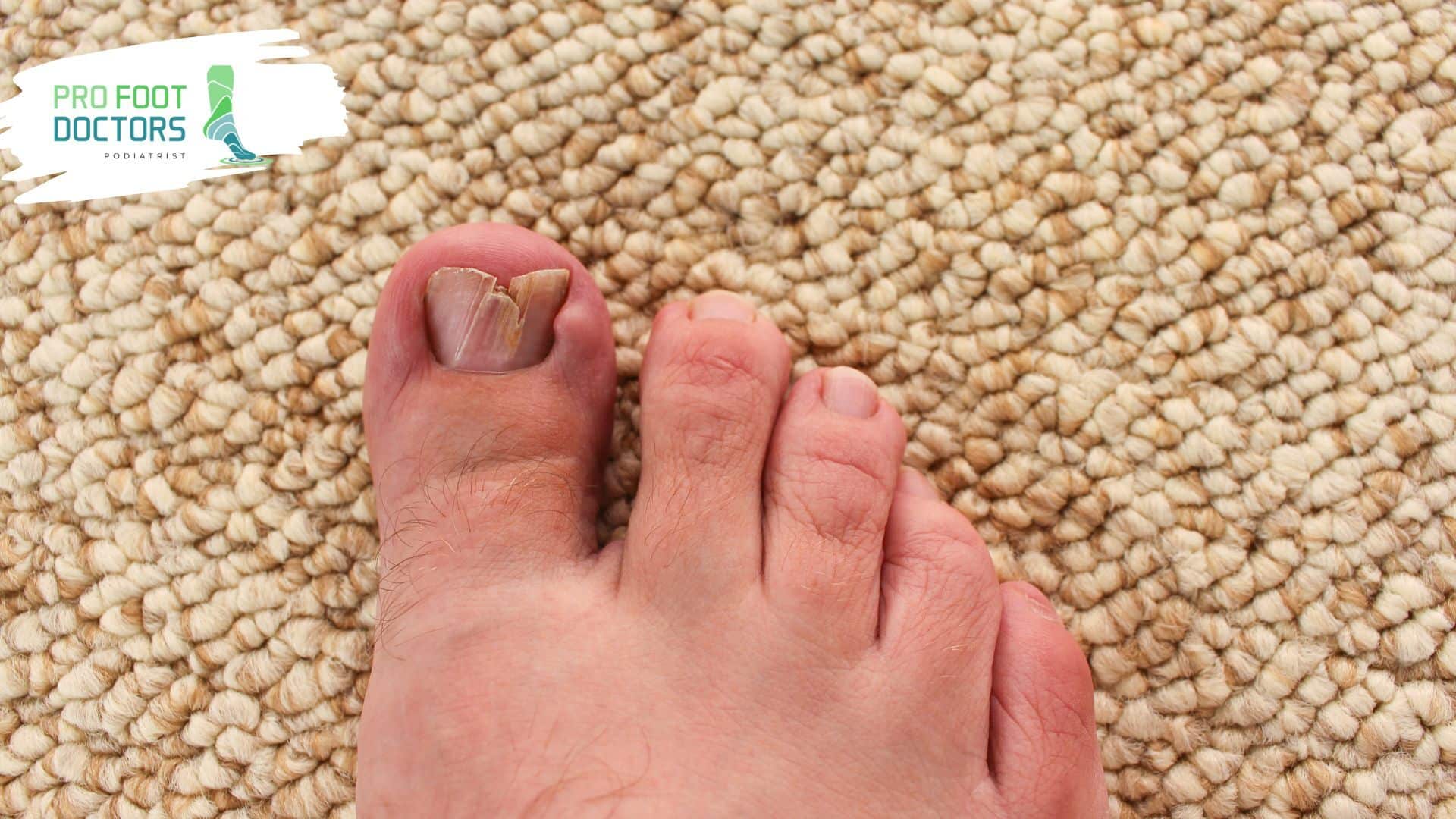
Repeated Ingrown Toenail Growths
If you have been experiencing ingrown toenails repeatedly, it could be a sign of an underlying health issue. As such, you need to visit the doctor if these are common for you. Understand the reason behind it, as well as measures which can be taken to prevent their recurrence.
Difficulty While Walking
If wearing your normal footwear and walking around has become a challenge, you need to visit a doctor to address the ingrown toenail issue. You need to address whether it is a problem with the toenails which needs to be fixed, or your shoes. If your shoes are incorrect and keep compressing the toenail, the ingrown nail issue will worsen.

Diabetic Patients
Ingrown toenails can have massive adverse impacts on diabetics, which makes it essential for them to visit the doctor as soon as they experience an ingrown toenail. This is critical because these individuals are at high risk for developing complex infections from untreated ingrown toenails, which may lead to the need for intricate surgeries.
Individuals With Nerve Damage
Being extra cautious about ingrown toenails is essential for anyone who has nerve damage. This is essential because nerve damage can prevent one from feeling pain or other discomfort in their extremities, and the common signs of ingrown toenails – pain and discomfort can easily go unnoticed. This, in turn can lead to the issue getting more and more serious and the infection from spreading significantly.
How Medical Intervention Helps
When you get an ingrown nail and visit the doctor, they will perform a careful examination of the toe in order to assess the extent of the damage and how deep the toenail has already dug in. Through this assessment of the ingrown toenail, information about the level of infection and other challenges is derived, which in turn helps in formulating a diagnosis and treatment plans.
Depending upon the extent of the infection or damage, they can perform surgery such as partial or complete removal of the nail, prescribe medications for alleviating the pain and helping overcome the ingrown nail, as well as invaluable guidance about how you can avoid ingrown toenail infections going forward.
Partial nail removal may be recommended in cases where the nail is quite deeply dug into the skin and causes persistent extreme pain, difficulty in walking, and other challenges. This can be a painful procedure because of which local anesthetics are utilized. The partially removed nail can regrow back without consistent recurrence of the ingrown toenail.
However, people who suffer from repeated occurrences of ingrown toenails, may be recommended getting a complete nail removal surgery, which is the total removal of the toenail from its very root, thereby preventing the occurrence of ingrown nails. Since this method prevents the nail from growing back at all, there is no chance of getting ingrown nails either.
Through these measures, professionals can help in preventing complications like untreatable infection (which, in extremely rare cases, can necessitate amputation). Moreover, by getting proper treatment, the speed of recovery is amplified, and the need for surgical procedures is minimized, making the resolution of the challenge much safer and trouble-free. Patients also do not feel the pain and discomfort that comes with surgery and are at a lower risk of losing their nails.
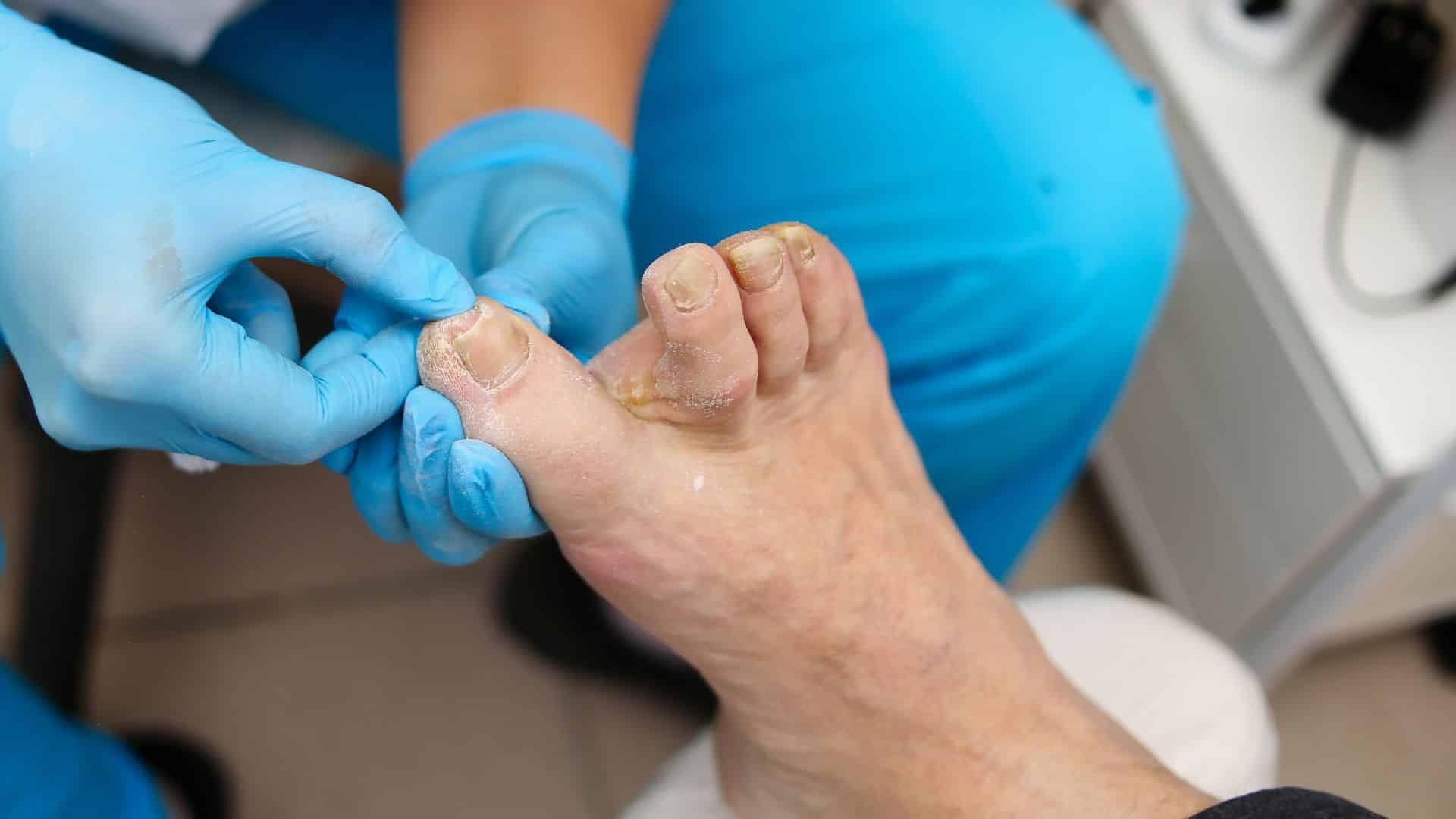
Conclusion
Ingrown nails are a common issue that can occur for various reasons, such as incorrect nail clipping and trimming, excessive continuous pressure on the toes due to incorrect shoes, and others. While in the majority of cases, it can be healed at home with proper care, in certain cases, it is essential to visit a doctor to prevent serious complications. At Pro Foot Doctors, you can have all such issues addressed and taken care of, ensuring that your toenails remain healthy, as does your foot.

